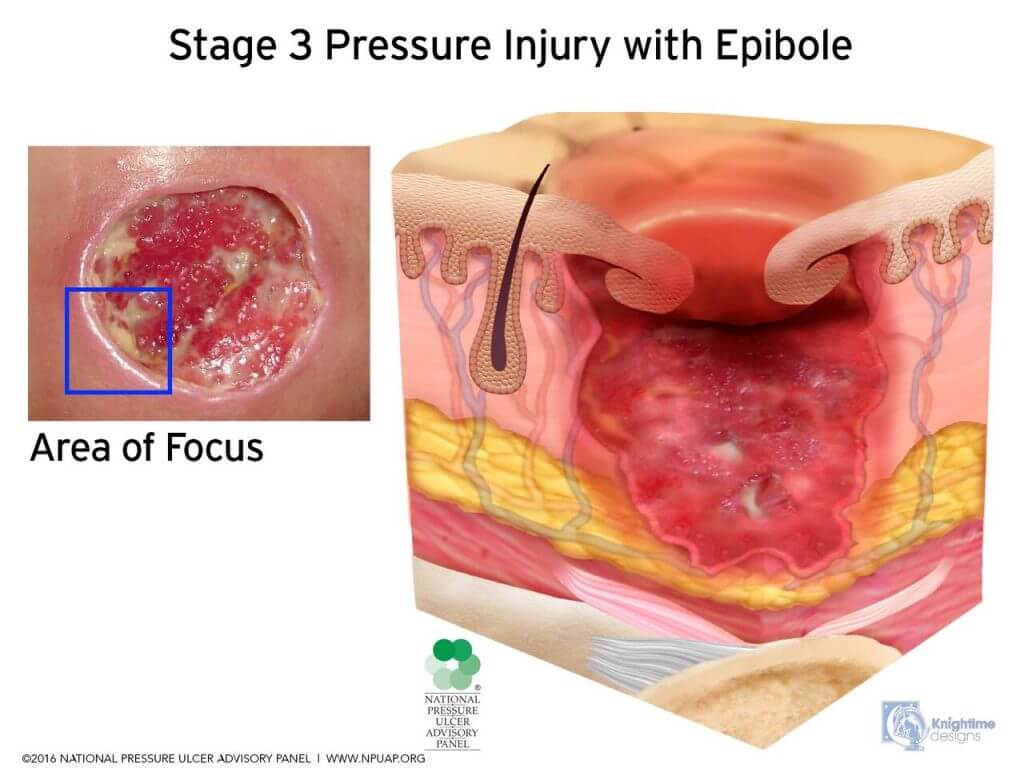 It’s a new year and with that comes changes to the National Physical Therapy Exam (NPTE) and National Physical Therapy Assistant Exam (NPTAE). Last year in 2018, there were NPTE blueprint format changes to the systems and content sections as well as blood pressure guideline changes. A new pressure injury wound guideline is being implemented based on the National Pressure Ulcer Advisory Panel (NPUAP). This information has been provided by the FSBPT in the 4th Quarter of 2018 where the questions are now written to the pressure ulcer guidelines and terminology that will be reflected in the NPTE and NPTAE exams starting in January 2019.
It’s a new year and with that comes changes to the National Physical Therapy Exam (NPTE) and National Physical Therapy Assistant Exam (NPTAE). Last year in 2018, there were NPTE blueprint format changes to the systems and content sections as well as blood pressure guideline changes. A new pressure injury wound guideline is being implemented based on the National Pressure Ulcer Advisory Panel (NPUAP). This information has been provided by the FSBPT in the 4th Quarter of 2018 where the questions are now written to the pressure ulcer guidelines and terminology that will be reflected in the NPTE and NPTAE exams starting in January 2019.
How Is The NPTE Affected With The Pressure Ulcer Guidelines?
The changes to the NPTE questions and answers will be minor focusing on mainly the terminology names and the stage classifications are modified.
Pressure “Ulcer” is now regarded as Pressure “Injury”
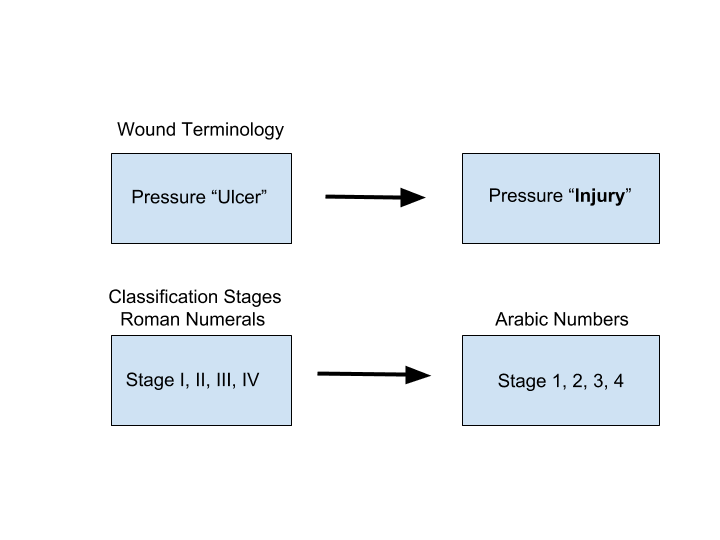
Why Changing the Wound Terminology?
The main reason for changing the terminology for the wounds is that Stage 1 pressure injury and deep tissue injury didn’t meet the open wound ulcer criteria since there’s no actual breakage in the skin. Another naming aspect is that “suspected” has been removed with the deep tissue injury.
What Are the Pressure Injury Stage Classifications?
Here are some quick points in being able to identify the different pressure injury stage classifications to help with the NPTE preparation.
Stage 1 Pressure Injury: Non-blanchable erythema (superficial reddening of the intact skin)
- Skin that is intact
- Local superficial reddening
- Non-blanchable skin
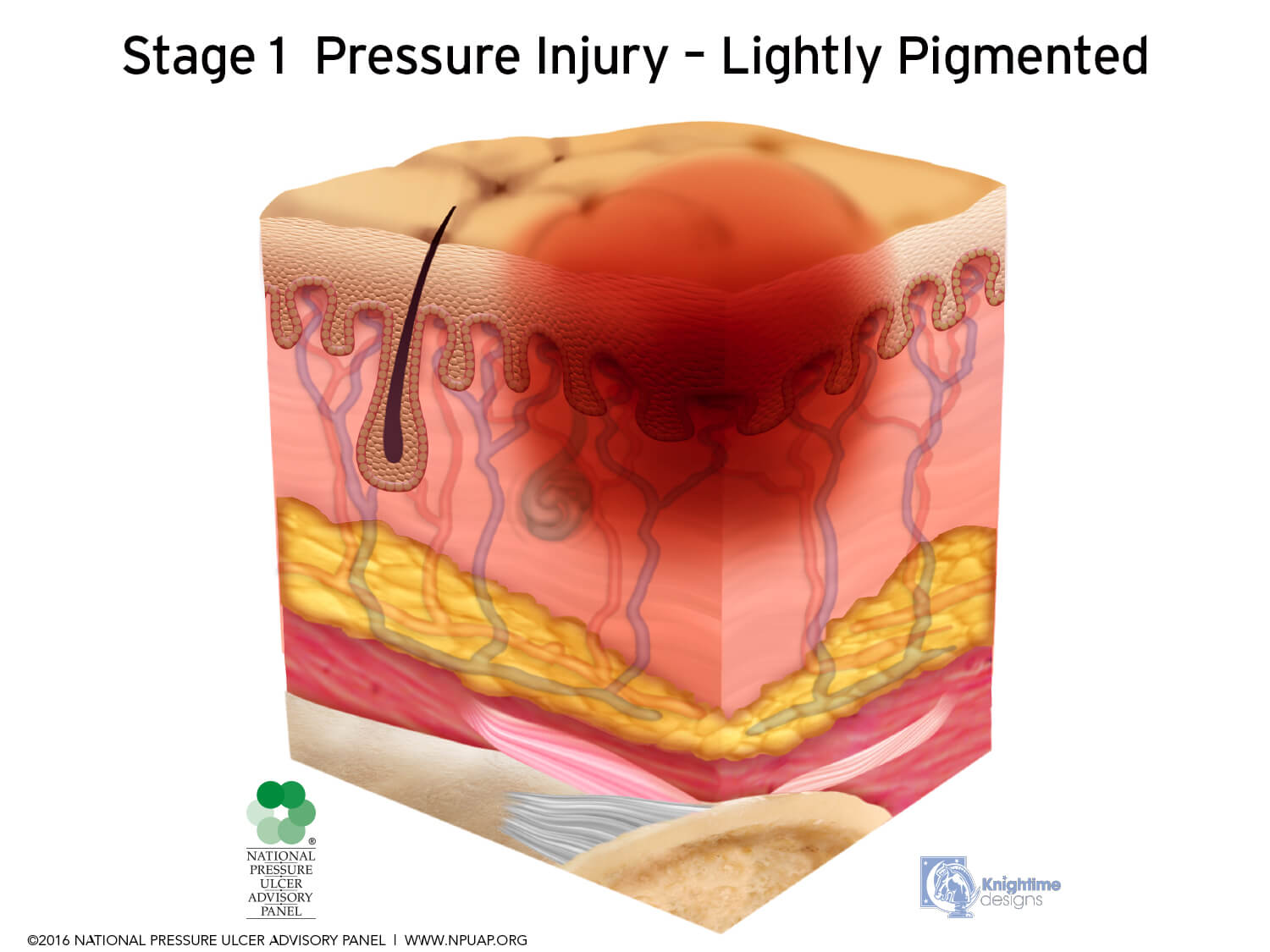
Stage 2 Pressure Injury: Partial-thickness skin loss and exposed skin
- Skin is broken and dermis is exposed
- Wound bed is viable, pinkish/reddish and moist
- May have an intact or broken serum-filled blister
- Non-blanchable skin
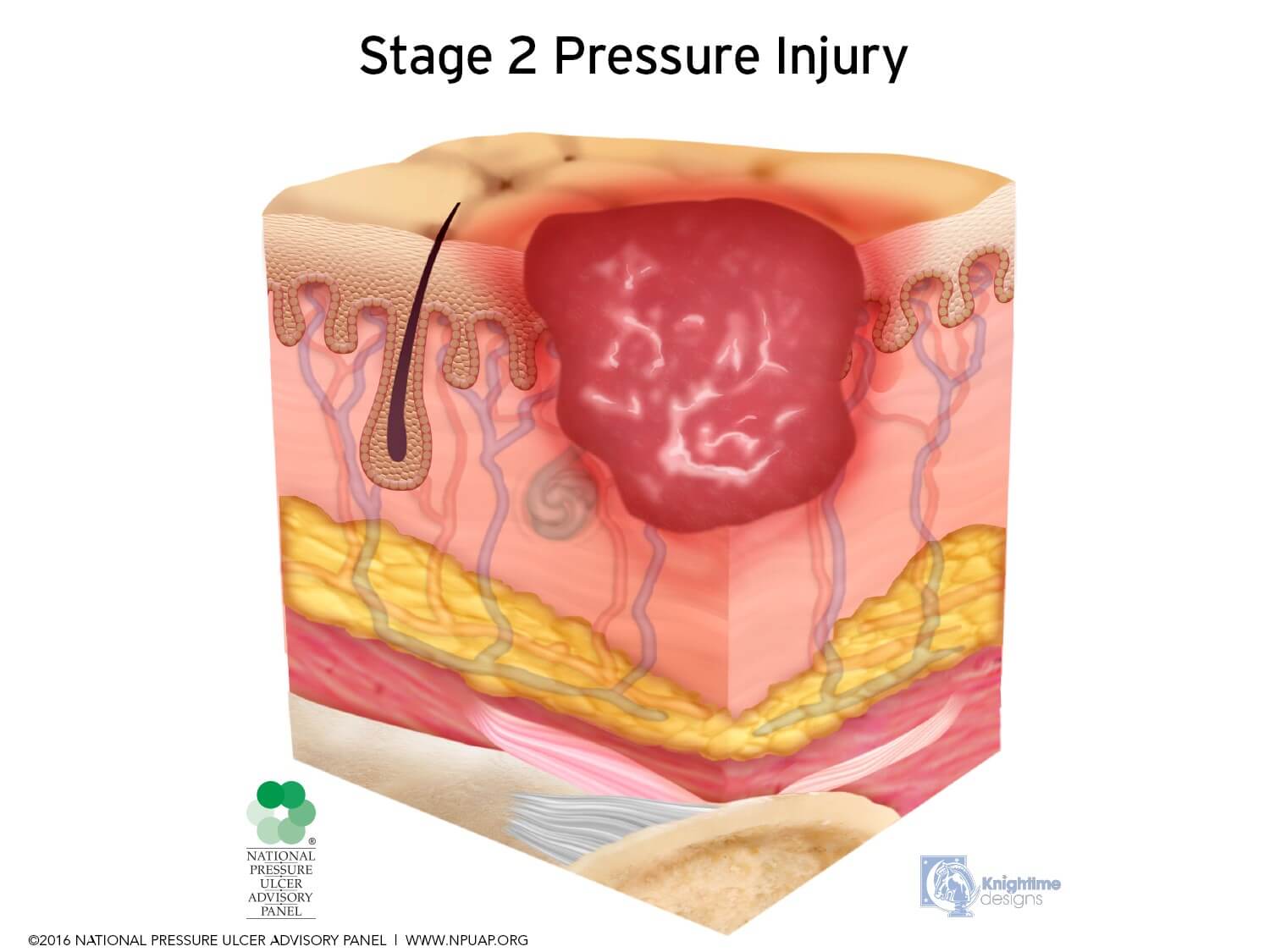
Stage 3 Pressure Injury: Full-thickness skin loss
- Skin is broken
- Adipose is seen in the ulcer and granulation tissue
- Epibole (rolled wound edges) is often present
- Slough / Eschar may be present
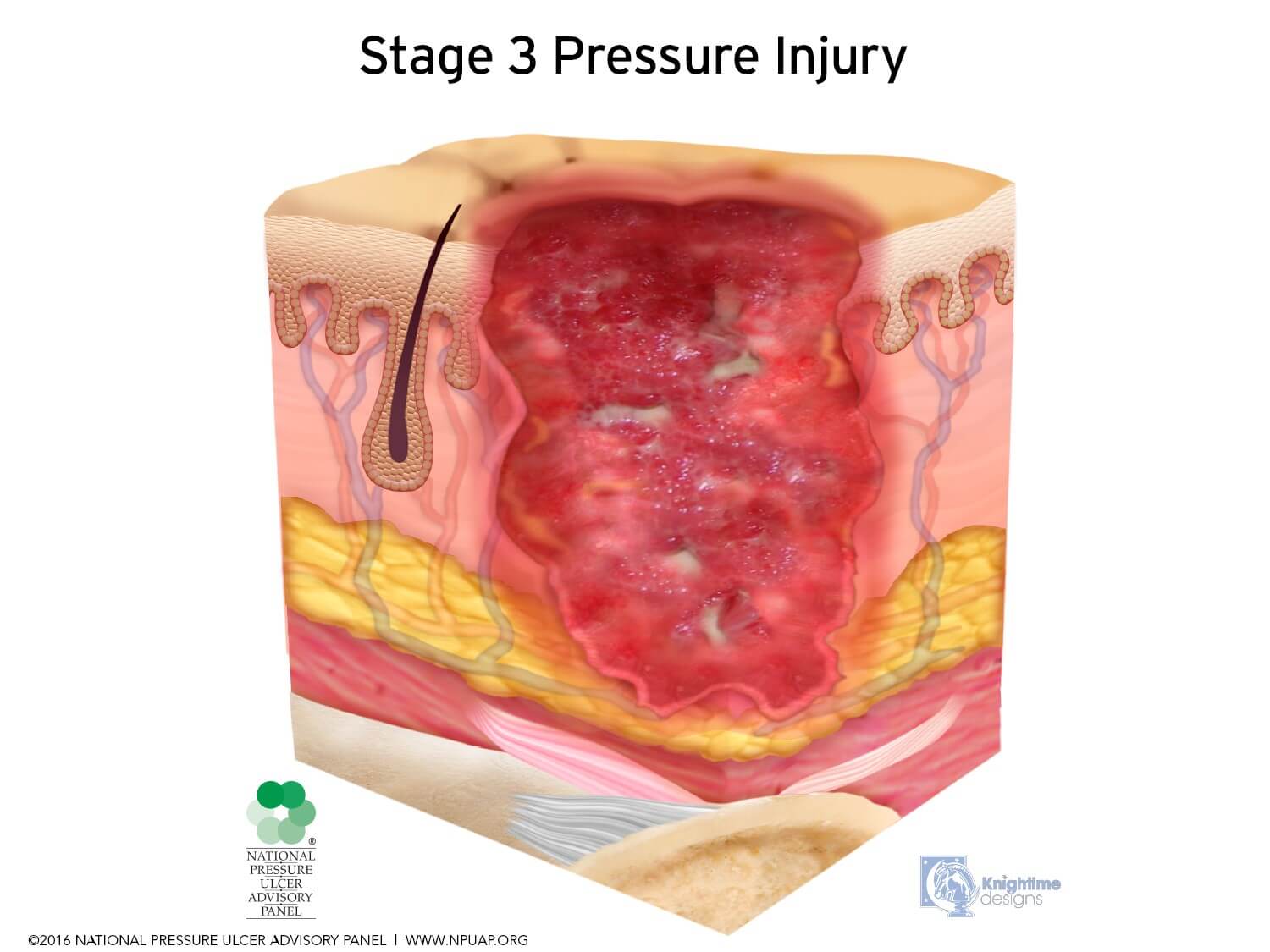
Stage 4 Pressure Injury: Full-thickness skin loss and tissue loss
- Skin and tissue loss
- Exposed fascia, muscle, tendon, ligament, cartilage or bone
- Epibole, undermining or tunneling are often present
- Slough / Eschar would be visible
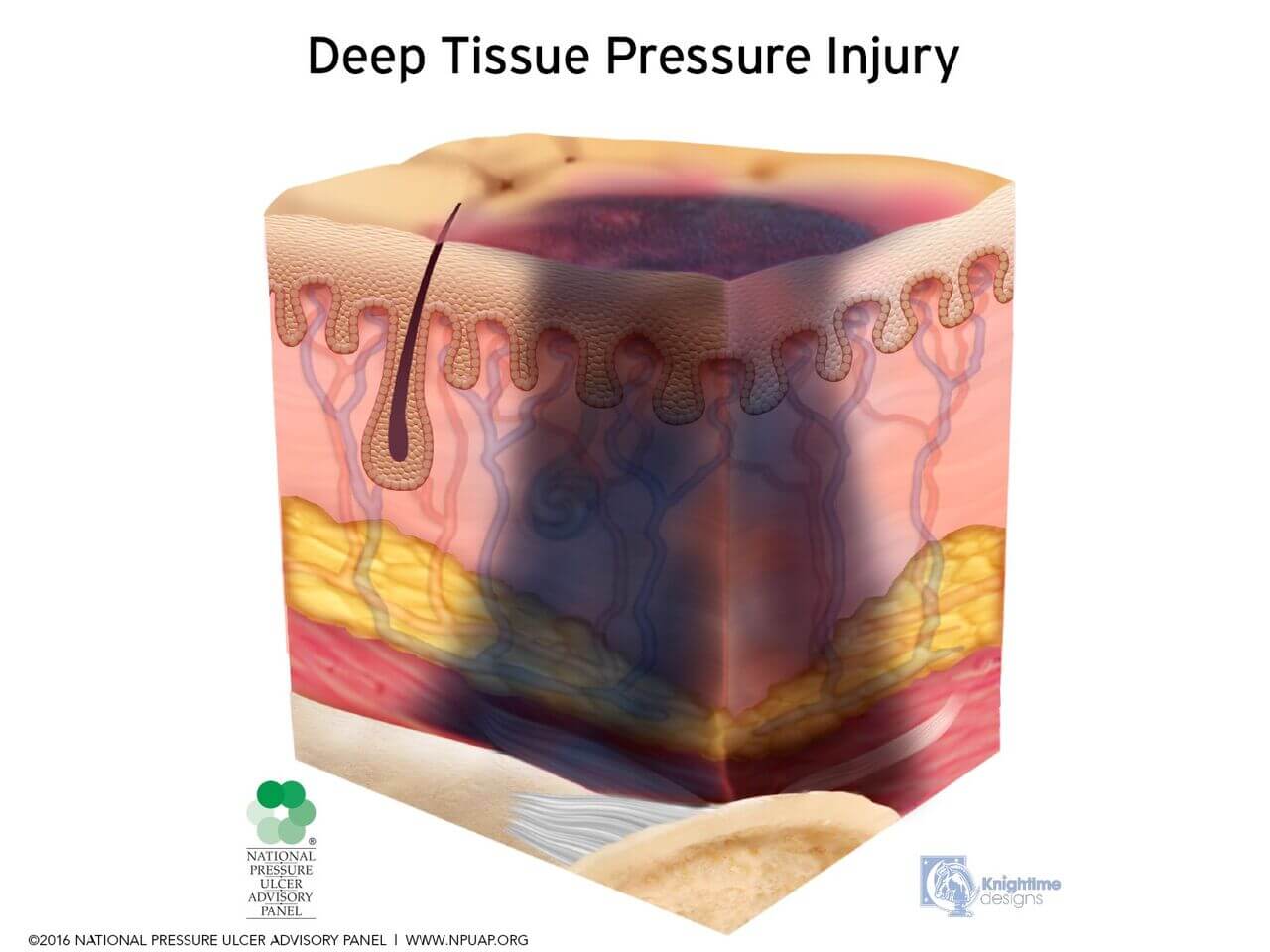
Unstageable Pressure Injury: Obscured full-thickness skin loss and tissue loss
- Skin and tissue loss
- Slough / Eschar blocking the amount of tissue damage
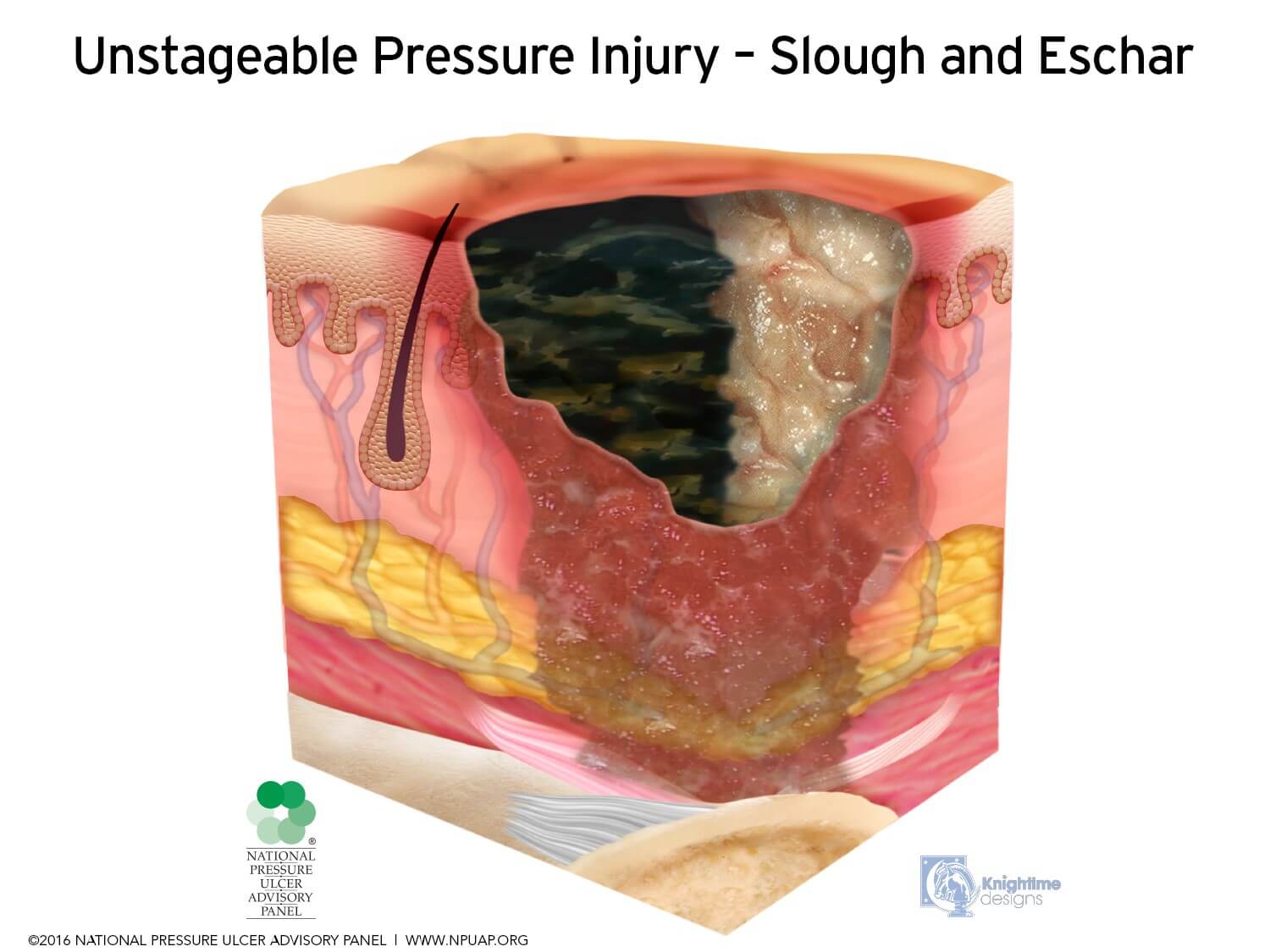
Deep Pressure Injury: Persistent non-blanchable deep red, maroon or purple discoloration
- Could be intact or broken skin
- Localized persistent non-blanchable redness
- Epidermal separation with dark wound bed or red-filled blister
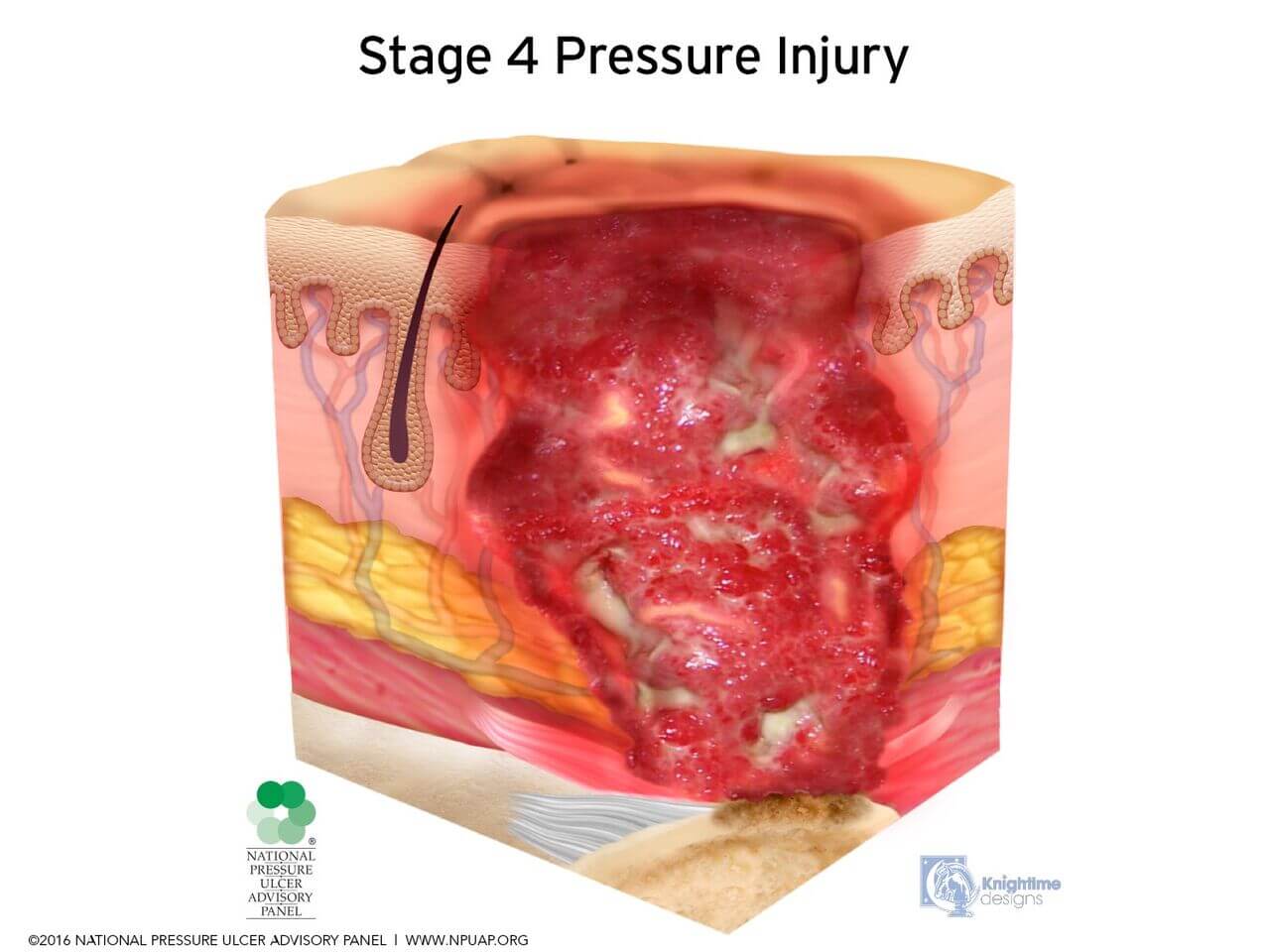
While the changes to the NPTE questions and answers are minor with this integumentary topic involving pressure injury wounds, it’s still good to be updated to the latest format. To read more about the pressure injury terminology and staging from the National Pressure Ulcer Advisory Panel. The pictures are provided with permission from NPUAP.

Just commenting that the images for Stage 4 and Deep Tissue Pressure Injury are incorrectly reversed.